Taq Kasra: The 1,400-Year-Old Ancient Archway Of Ctesiphon In Iraq
Ctesiphon was an ancient city and trade center on the eastern bank of the Tigris River, around 35 kilometers southeast of modern-day Baghdad, Iraq.
This city served as the royal capital of the Iranian empire during the Parthian and Sasanian eras for over eight hundred years.
The Taq Kasra, also known as the Archway of Ctesiphon, is one of the most significant and iconic remnants of the ancient city of Ctesiphon.
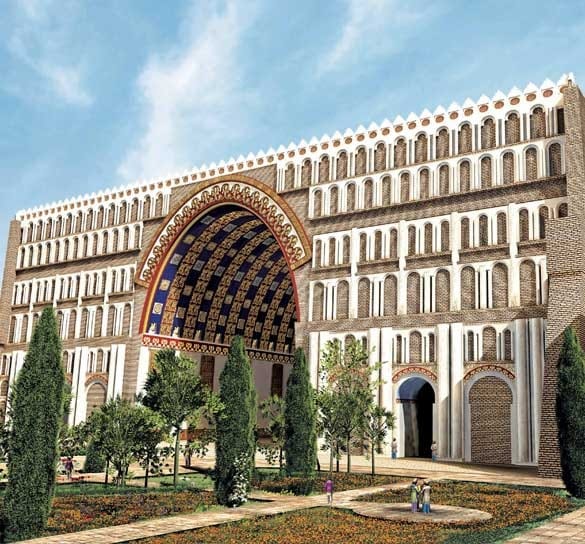
Arch of Ctesiphon: An Architectural Marvel
The Arch of Ctesiphon, or Taq Kasra, is an ancient monument located in what was once the city of Ctesiphon, near the modern town of Salman Pak, Iraq.
It is renowned for its massive brick-built arch, which is considered one of the largest single-span vaults of unreinforced brickwork in the world.
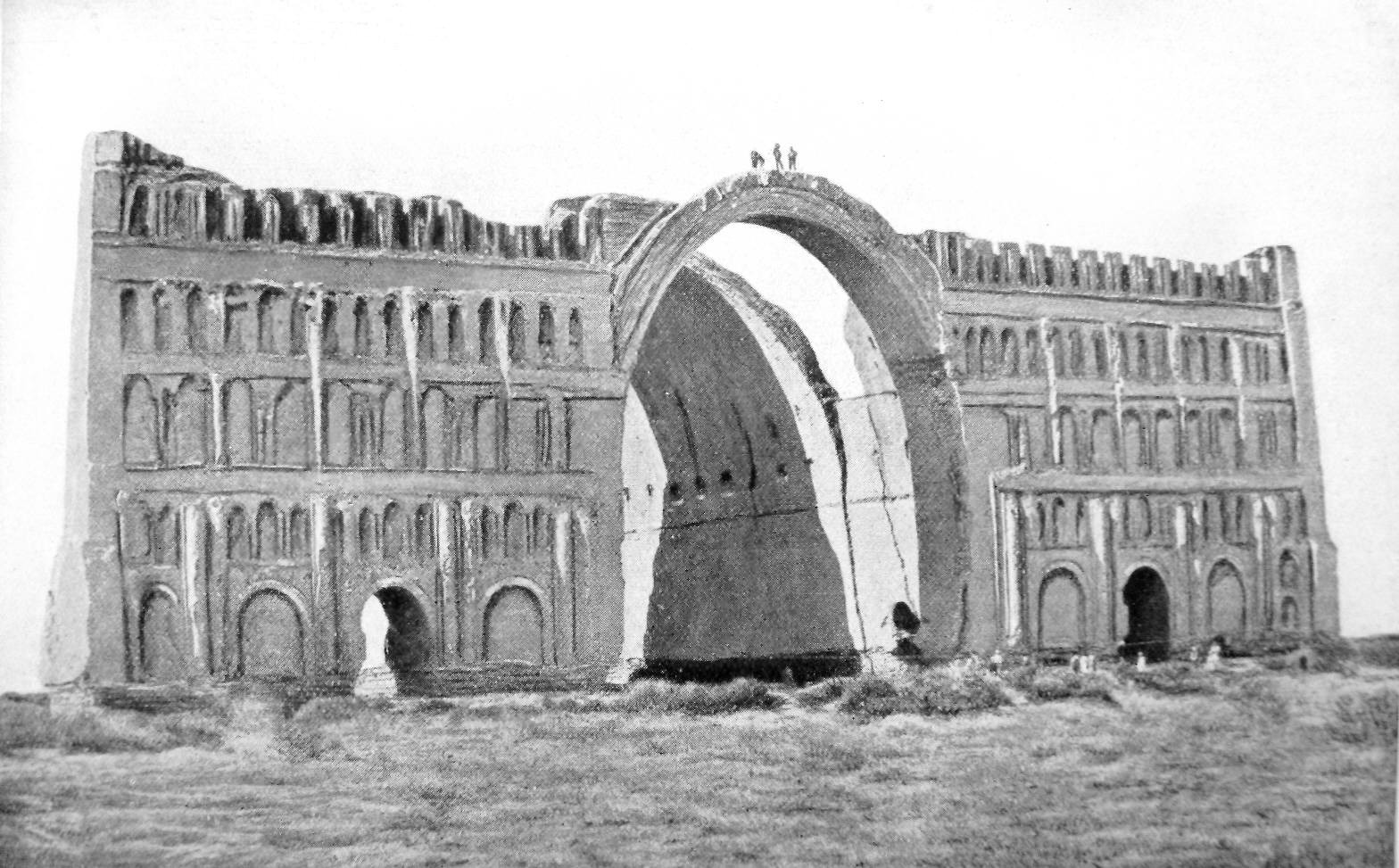
Taq Kasra, a part of the royal palace complex of the Sasanian Empire
It was constructed during the reign of King Khosrow I (also known as Anushiruwan the Just) around the 3rd to 6th centuries AD.
The arch served as the grand entrance to the imperial palace, symbolizing the might and architectural prowess of the Sasanian Empire.
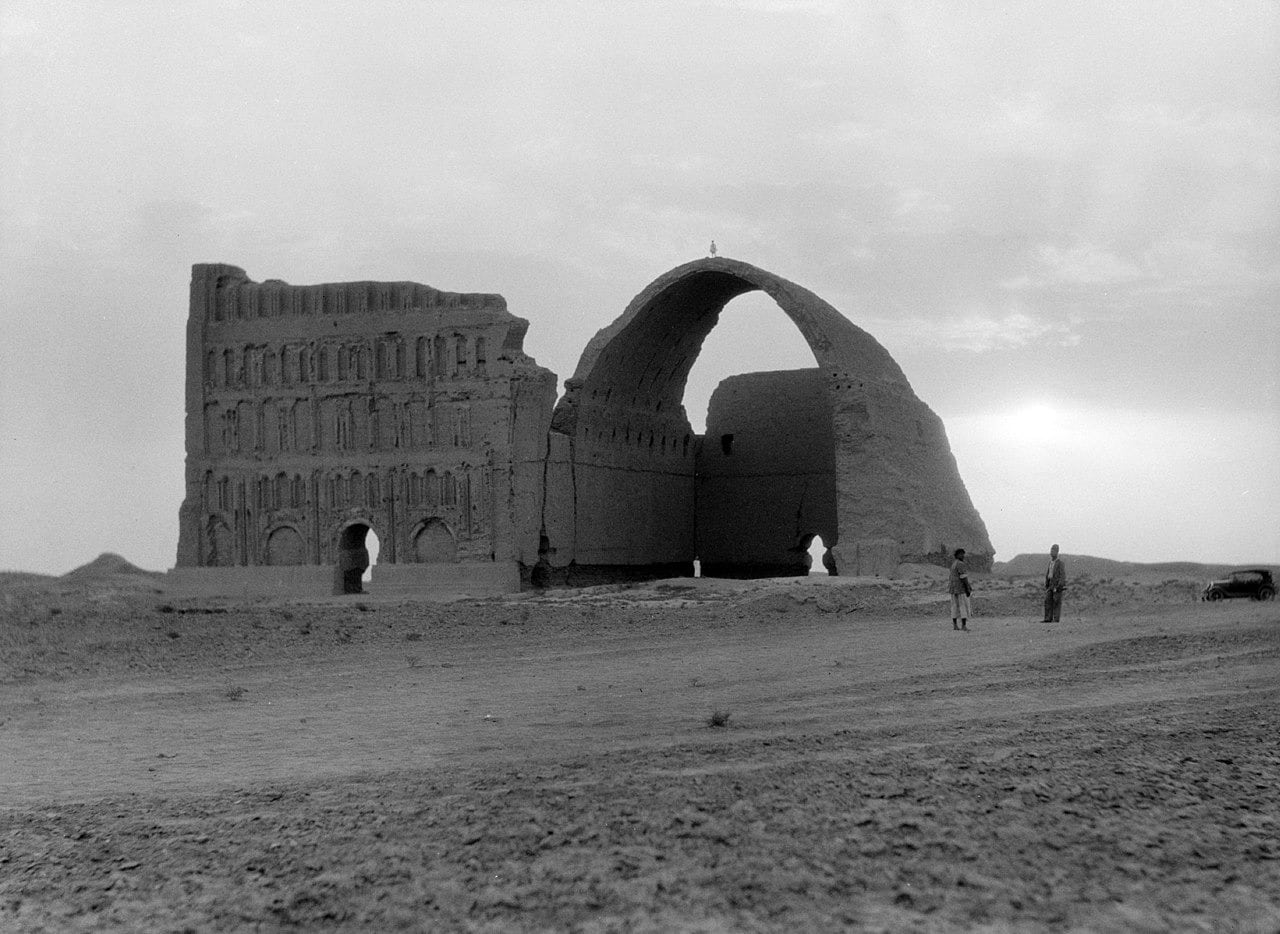
Architectural Features Of Taq Kasra
- Size and Structure: The arch stands at an impressive height of approximately 37 meters (121 feet) and spans about 26 meters (85 feet) across. The overall length of the building is about 50 meters (164 feet).
- Construction Material: It is built entirely of baked bricks, showcasing the advanced engineering techniques of the Sasanians. The bricks were meticulously arranged to create a stable and enduring structure.
- Design: The arch’s design reflects the grandeur and sophistication of Sasanian architecture. Its majestic form was intended to awe visitors and demonstrate the empire’s strength and stability.
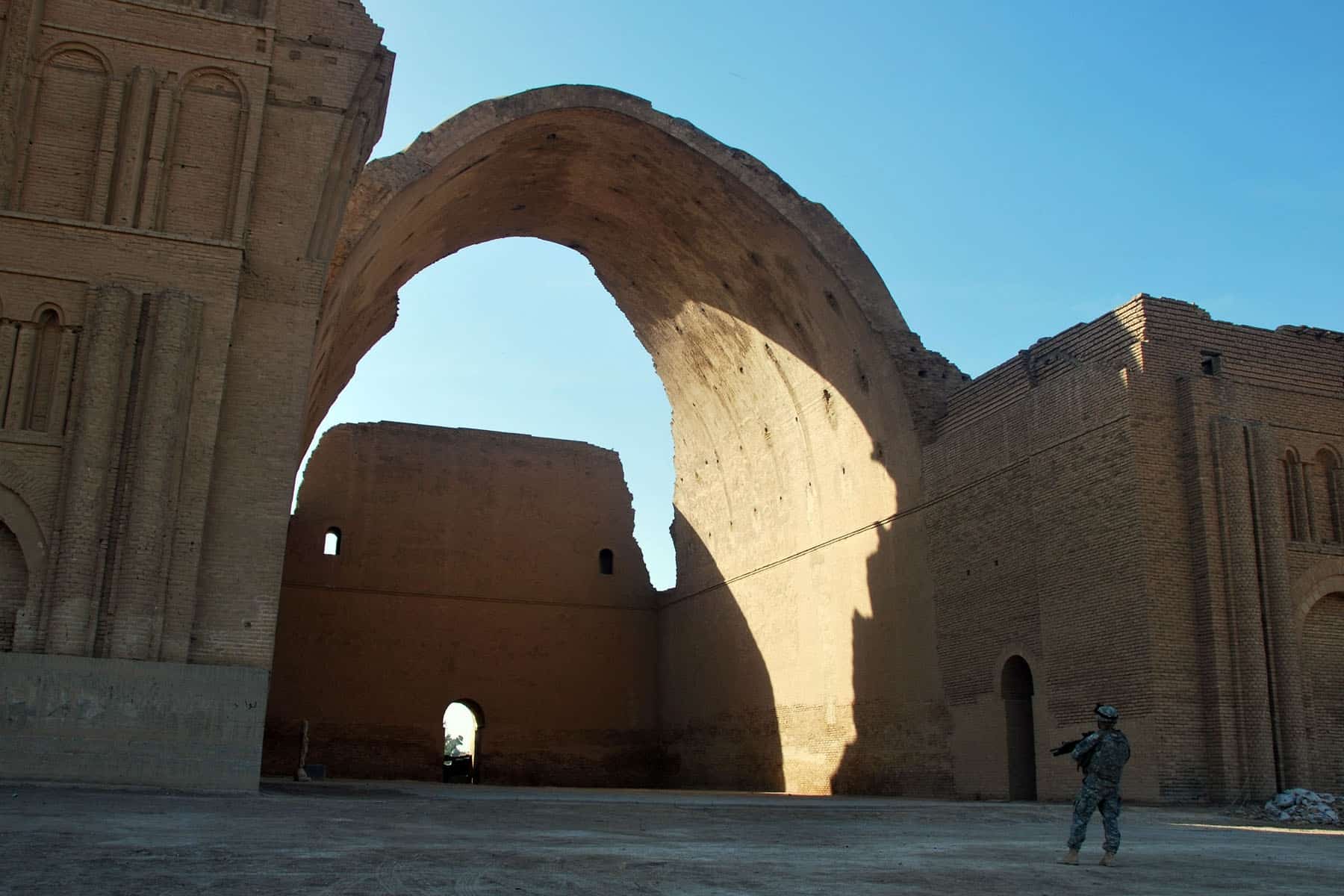
Taq Kasra Fell Into Disrepair
Following the Muslim conquest of Persia in 637 AD, Ctesiphon gradually declined, and the arch fell into disrepair.
Despite this, Taq Kasra has withstood the test of time, though it faces ongoing threats from environmental conditions and neglect.
In recent years, there have been efforts to preserve and restore this historical monument.
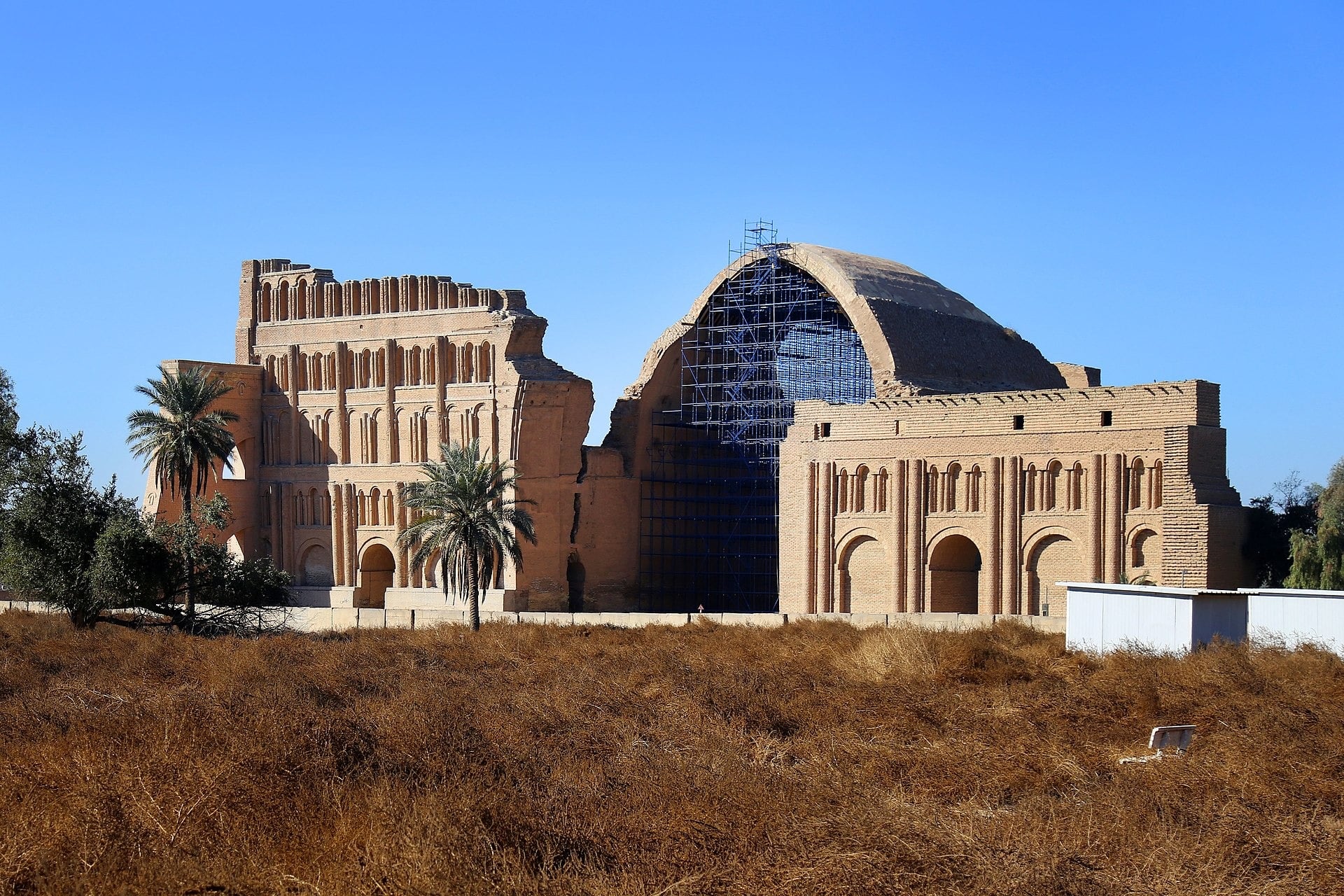
Ctesiphon: Rise of a Great City
Ctesiphon became essential due to its strategic location and bustling trade activities.
It developed into a rich commercial center, merging with nearby cities like Seleucia, forming a large metropolitan area often called “The Cities” (al-Mada’in in Arabic).
By the late sixth and early seventh centuries, Ctesiphon was one of the largest cities in the world.

Capital of Empires
The city was established in the late 120s BC and became the capital of the Parthian Empire.
Under the rule of Orodes II around 58 BC, it thrived as a political and commercial center.
Later, in 226 AD, the Sasanian Empire took control and made Ctesiphon their capital, further expanding and enriching the city.
Cultural and Religious Diversity
Ctesiphon was home to a diverse population, including Persians, Greeks, Arameans, and Assyrians.
It was a melting pot of various religions, with Christianity, Judaism, and Zoroastrianism being practiced widely.
The city played a crucial role in the history of the Church of the East, hosting several important church councils.
Roman Conquests and Battles
Ctesiphon faced several invasions by the Romans.
It was captured three times during the Parthian era and twice during the Sasanian period.
Notably, the city was the site of the Battle of Ctesiphon in 363 AD.
Despite these invasions, Ctesiphon continued to prosper until the Muslim conquest of Persia in 637 AD.
After the Muslim invasion, Ctesiphon gradually fell into decline.
By the end of the eighth century, the city was largely abandoned as political and economic power shifted to the newly established Abbasid capital, Baghdad.

